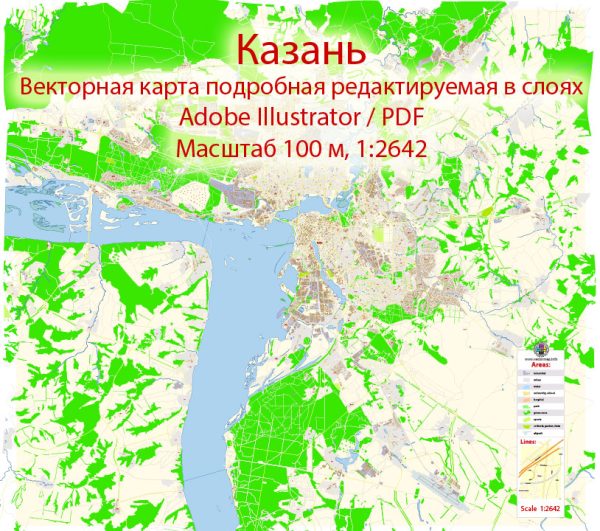Kazan, the capital and largest city of the Republic of Tatarstan in Russia, has a rich history of urban development that spans over a millennium. The city’s development can be divided into several key periods, each characterized by distinct architectural styles, cultural influences, and economic factors.
- Early History (6th-10th centuries):
- The earliest settlements in the Kazan region date back to the 6th century, with the Volga Bulgars being one of the first known inhabitants.
- The Mongols, led by Batu Khan, conquered the region in the 13th century, incorporating it into the Golden Horde.
- Khanate of Kazan (15th-16th centuries):
- Kazan became the capital of the Khanate of Kazan in the 15th century, following the disintegration of the Golden Horde.
- During this period, Islamic architecture and Tatar influences played a significant role in shaping the city’s appearance.
- Russian Conquest (1552):
- Ivan the Terrible’s forces captured Kazan in 1552, marking the end of the Khanate of Kazan and the beginning of Russian rule.
- The Russian Orthodox Church influenced the city’s architecture, and the Kremlin was expanded and modified to serve Russian administrative and religious purposes.
- Imperial Russia (17th-19th centuries):
- Kazan continued to develop as a regional center, with new architectural styles reflecting European influences.
- The city grew in size, and new neighborhoods emerged, featuring a mix of Russian and Tatar elements.
- Soviet Era (20th century):
- The Soviet period brought significant changes to Kazan’s urban landscape. Industrialization led to the growth of the city’s infrastructure, with the development of factories and residential areas.
- The city’s population increased substantially during this time.
- Post-Soviet Period (1991-present):
- After the dissolution of the Soviet Union, Kazan experienced economic and cultural transformations. The city embraced its diverse heritage, with efforts to preserve and showcase both Tatar and Russian influences.
- New construction projects, including modern buildings and infrastructure, have altered the city’s skyline.
- Sports and Culture (21st century):
- In the 21st century, Kazan gained international attention for hosting major sporting events, including the 2013 Summer Universiade and the 2018 FIFA World Cup.
- The city’s infrastructure received upgrades in preparation for these events, contributing to the modernization of Kazan.
Throughout its history, Kazan has been a melting pot of cultures, with Tatar, Russian, and Islamic influences shaping its architecture, traditions, and identity. The city’s historic center, including the Kazan Kremlin, is a UNESCO World Heritage Site, reflecting the significance of its cultural and historical heritage.


 Author: Kirill Shrayber, Ph.D.
Author: Kirill Shrayber, Ph.D.